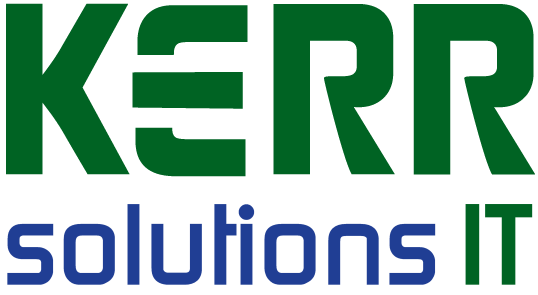Portable Devices: Is Bigger Any Better?
Following on from last weeks’ article and in response to readers’ requests, this week we look at Internet enabled portable devices at the larger end of the size scale. This will encompass larger tablets as well as Ultrabook’s and traditional Laptops.
The larger tablets which range to around 13.3 inch screens can also be split into three main groups – standard (now often called slate), convertible & hybrid. The distinctions here refer to the type of keyboard offered. The same as smart phones, all tablets have touch sensitive screens however a ‘standard’ tablet only offers a virtual keyboard which is represented on part of this screen.
A ‘convertible’ tablet will have a permanently attached screen cover which also houses a keyboard underneath – similar to a standard laptop however most often the screen can be rotated or flipped back onto the base to then be used like the standard tablet above.
‘Hybrid’ tablets have a keyboard built into their screen cover however in this case the keyboard can be ‘detached to leave behind the equivalent of a ‘standard’ tablet. This is mostly a more recent development and has proved popular in the marketplace. Keep in mind that nearly all tablets offer the option of ‘pairing’ with a separate Bluetooth keyboard.
The most common larger tablets are models such as Samsung’s Galaxy Note Pros at 12.2 inch as well Hewlett Packard’s Revolves and Slates in many sizes. You could also probably lump Apple’s MacBook Air at 13.3 and Microsoft’s New Surface Pro 3 into the large tablet category as well. Interestingly I could find tablets ranging in price from as little as $80 right through to $2500 so the category of ‘tablet’ is a very loose one indeed.
Next up in ‘average’ size ladder is the category of UltraBook. This is simply another industry name invented to describe ‘thinner’ laptops which fit into a set of specs that Microsoft has laid down regarding thickness, weight and boot up times. While Ultrabook’s are best described as laptops on a weight diet they are also priced at a premium for the slightly lighter weight that they offer.
Many manufacturers offer Ultrabook models starting with 11.6 inch screens and going as large as 14 inch. They all have permanently attached proper keyboards and are priced from around $600 all the way to $3500 with the majority around the $1500 mark. These devices really don’t do anything different to standard laptops apart from the slight weight reduction.
Finally standard laptops or notebooks (they can be called either) will have permanently attached keyboards and can have screens as small as 10.1 inches and as large as 17.3 – with the ‘standard’ size being 15.6 inch. You could probably call the smallest of these a ‘Netbook’ although this is another industry term which appears to be getting dropped.
Just to confuse you, keep in mind that standard laptops and even Ultrabook’s often now have touch screens even though they have a ‘proper’ keyboard and touch pad mouse. Personally I see little call for this unless you want to use a stylus and start drawing freehand diagrams – on a screen that is precariously sitting vertically above a swinging hinge?
As I indicated last week – if you are going to carry a mobile phone then it may as well be a smart phone which will then provide limited Internet and email ability. If you need to use the Internet more than this then a permanent desktop PC is the ultimate in ease of use and overall Internet experience. However, if you still need portability then one of the devices we have talked about in the last 2 weeks will surely fit the bill.
Be sure to choose carefully and have a good think about what features you really do need. Pay particular attention to size, weight, keyboard type and software compatibility.
Future Byte Me topics can be emailed to [email protected] and Bruce is contactable at Kerr Solutions, 205 Musgrave Street or on 49 222 400.
For more advice and assistance from Kerr Solutions, like and follow us on Facebook

